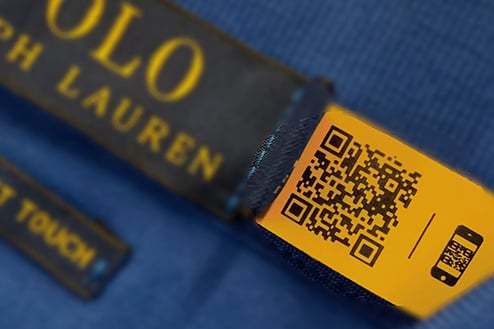Transparency used to be something you worried about in silky garments and lamp shades. Now, it’s taken on a whole new meaning.

Today’s new generation of consumers wants to know where your product is from, who made it, where the materials to build it came from and how it got to them. This shift is creating a whole new layer of complexity for suppliers and retailers, and if you’re not able to answer these questions, you may lose the sale … and potentially a whole lot more.
The beginning of the interest in transparency is hard to pinpoint, but it’s become of major concern for industries trying to connect with millennials, Gen Z and pretty much anybody out there with purchasing power.
Companies are dealing with the transparency movement in a number of different ways. In Europe, which is generally recognized to be further along in addressing this issue than the United States, a new retail apparel chain called Arket has made transparency the very basis for its existence. Started several years ago as a division of fast-fashion powerhouse H&M, Arket stores are located primarily in Scandinavian countries for now.
Shoppers checking out their clothing in-store or online can see all the usual details: size, price, material and care labeling. But there’s also specific information for each garment about where it was made, where the raw materials in its manufacturing came from, and information about the sustainability of its processing. Some of this is on labels and hang tags, other information is available only online. Either way, it provides a level of detail unprecedented in the apparel industry.
But traceability is not just the provence of European specialty retailers. This fall, Ralph Lauren announced a major digital initiative that will provide detailed information on the sourcing of its garments, similar to Arket. This represents a substantial upping of the transparency movement.
And then there’s Amazon. In November, in partial response to a Wall Street Journal article that questioned the source of many of the products on the site, Amazon released a list of 1,000 of its suppliers, complete with company locations. About half of them were from China, confirming suspicions of country of origin.
Putting it all together, it’s clear that transparency is becoming a major factor across the entire consumer products spectrum.

